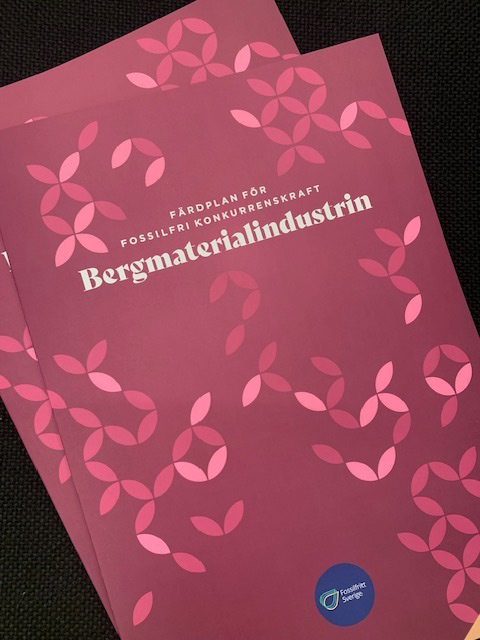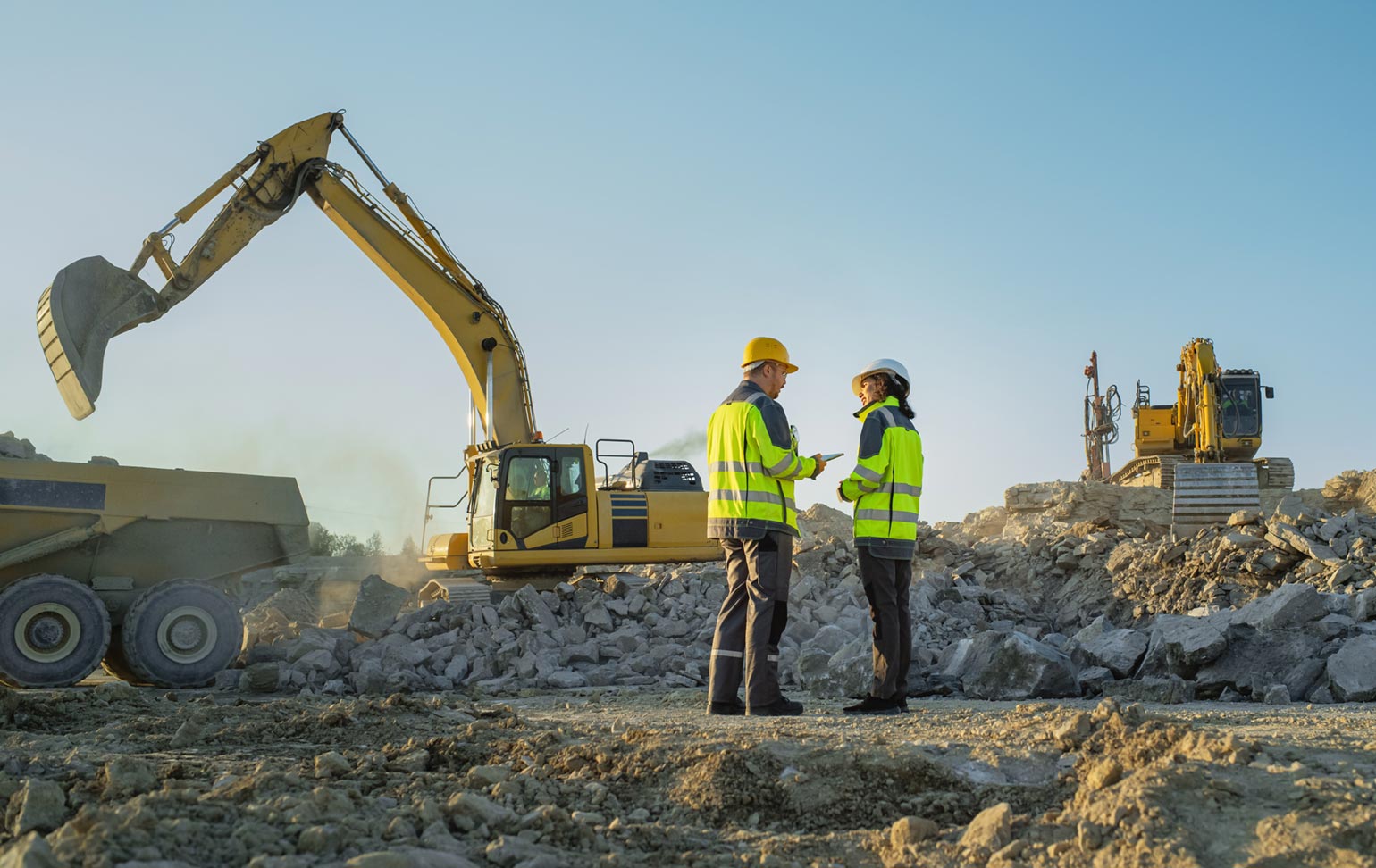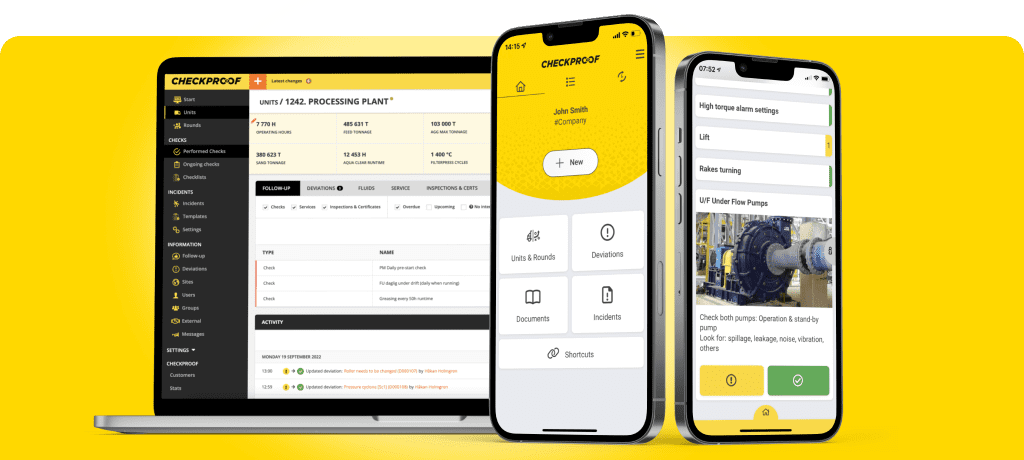Besuchen Sie uns auf der NRMCA Fertigbeton-Fachtagung, Colorado, USA, 12.-13.10.2024
In the construction materials and heavy equipment industry, idling refers to engines running without doing productive work. For example, machines in quarries that are running, but not productively moving equipment or materials are common instances where idling occurs. The reason idling is such an offender is because it leads to unnecessary fuel consumption, increased emissions, and faster depreciation of expensive machines and assets.
Addressing how to reduce idling is therefore of paramount importance. This article covers the following:
- What is meant by idling in Heavy Industry?
- The Green effect of Minimizing Idling
- Heavy Industries that can benefit from Gamification
- Preventive Maintenance and Gamification
- Savings Calculator for Idle Hours
- 5 motivators that can contribute to reducing idling time
What is Meant by Idling in Heavy Industry?
High idle times harm both your operations and the environment. It increases your CO2 emissions and fuel costs and reduces your fleet’s lifespan and resale value. Essentially it is bad for the bottom line and harmful to the climate.
Idling in the Heavy industry is associated with for example, construction vehicles or heavy machinery engines running while stationary or performing non-productive tasks. Poor habits and lack of accountability or awareness are major culprits and contributors to idling. There are also other instances, such as equipment warm-up periods, breaks, and waiting for materials that add to idling time.
The implications are significant and making a collaborative effort and striving for reduced idling can lead to substantial savings and operational improvements.
The Green Effect of Minimizing Idling
Reduced fuel cost is one immediate effect of reducing idling. Argonne National Laboratory estimates that more than one million long-haul heavy-duty trucks idle during required rest stops. They also evaluated that even with fuel prices as low as $2 per gallon, the wasted fuel translates into more than $11 billion annually.
However, what is the actual impact on the environment? There are ‘green’ gains to be made by minimizing idling, as it means lower greenhouse gas emissions and fewer pollutants released into the atmosphere. An idling vehicle releases harmful chemicals, gases and particle pollution, which contributes to ozone and global climate change. Every gallon of gas burned produces more than 20 pounds of greenhouse gases. Noise pollution is also another side-effect of idling.
By adopting practices and technologies that minimize idling, companies can significantly reduce their carbon footprint and promote a greener future.
Heavy Industries that can Benefit from Gamification
Gamification applies elements of playing and game design in non-game contexts. For example, CheckProof’s app for frontline staff includes gamification elements used in basic maintenance checks and while doing inspection rounds. By integrating gamification into daily operations, companies can enhance employee engagement, improve best practices, and encourage proactive behavior. We’ve included five examples below of motivators that will help workers perform better and foster a culture of continuous improvement.
Preventive Maintenance and Gamification
Savings Calculator for Idle hours
CheckProof’s Fleet Optimization feature, can help you maximize efficiency and savings for your mobile fleet. With our calculator, you can quickly calculate the savings you can expect to achieve with reduced idling hours.
Preventive maintenance is necessary to optimize the condition of assets, sites and machinery and avoid unforeseen breakdowns.
Gamification can become an indispensable preventive maintenance strategy as it promotes staff engagement. Rewarding workers for timely inspections or encouraging friendly on-site competitions can contribute to the prolonged lifespan of equipment, reduce downtime, and increase availability and overall productivity.
However, breaking bad habits is hard, so to drive positive behavioral change to reduce idling time, implementing engaging elements, such as CheckProof’s Fleet Optimization feature with gamification tools can be invaluable.
Motivating, engaging, and incentivizing staff will help them build lasting positive habits. And what better way than having fun while adding emotional reinforcement?
It can drive change from the ground up, making it the perfect tool for empowering your employees.
5 motivators that can contribute to reducing idling time
The following motivators can be used to create a gamification experience to help employees break a bad habit:
Motivator 1: Community
How can you make your employees feel like they are part of something bigger than themselves?
It’s a human condition to strive to be part of something meaningful, where our actions make a difference. With the right digital tools, your employees can see their efforts add up to something more significant than the sum of their daily tasks. Perhaps a friendly team competition against other similar sites?
Motivator 2: Accomplishment
We all love the feeling of accomplishing something great.
Comparison is a great way to spark that emotion. Try comparing one wheel loader against another – which one did best? Make sure to praise the winner.
Motivator 3: Ownership
We protect what’s ours.
That’s why it’s a good idea to give frontline employees first-hand results on who’s improving the most. When there’s immediate feedback on our work and achievements, we get more involved.
Motivator 4: Social influence
Who doesn’t like a little friendly competition?
Don’t underestimate the importance of workplace banter. If an employee knows what they need to do to beat their colleague, you can bet they will do it so that they can brag about it in the break room.
Motivator 5: Avoidance
Gamification doesn’t have to be all fun and play.
It can also trigger emotions of loss. Not wanting something bad to happen is a powerful tool when working with behavioral change, because who wants to place last at the site?
Excessive idling is a bad practice that’s survived for decades, and the reason CheckProof launched Fleet Optimization is because we understand the reality is many companies operate with a mixed fleet of machines.
Therefore, one of the keys to meeting sustainability targets relies on optimizing existing assets. Gamification can be an unexpected ally in meeting your goals.
Want to know what CheckProof can do for you?
CheckProof's easy-to-use app makes it easier to do the right thing at the right time. Discover how you can run world-class maintenance that is both cost-effective and sustainable.

SBMI’s Climate Roadmap for a Fossil-Free Aggregate Industry by 2045

HSEQ trends in the Construction Materials and Heavy Industry

10 Tips to Reduce On-Site Costs in the Construction Materials & Heavy Industry

Inventory Management Systems for the Aggregates Industry

Managing Key Staff Absences During the Holidays

The Hillhead Report

Predictive maintenance using IoT

How your workplace health and safety policies can improve your sustainability work

Heavy Equipment Maintenance






